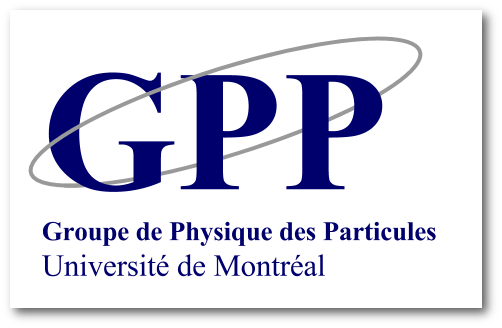Vous êtes ici
Relic Density of Axion Dark Matter in Standard and non-Standard Cosmological Scenarios
Astrophysical and cosmological observations support that dark matter constitutes more than 80$\%$ of the matter in the universe. Understanding the nature of DM will make possible to reconstruct the early universe history since all the experimental data that we have related to universe evolution comes from BBN era onwards.
The current Standard Model of particle physics is not able to explain the nature of DM therefore extensions seem necessary to account for new particles that predict be viable dark matter candidates. Currently the QCD axion is an attractive candidate to explain the origin of DM, although axions are extremely light, there are mechanisms corresponding to non-thermal production of axions able to produce axion dark matter in the early universe in such a way that it accounts the total dark matter density currently measured ($\Omega_{cdm}=0.26$).
A mechanism corresponds to misalignment mechanism, which consists in the fact that after the PQ phase transition the axion evolves like a massless scalar field, but close to the QCD era ($\Lambda_{QCD}$,the axion acquires an effective potential due to instanton effects. The equation of motion for the field corresponds to
\begin{equation}
\dot \theta+ 3\,H(t)\theta+ m_a^2(t)\,sin\theta=0,
\end{equation}
At high temperatures ($T>>\Lambda_{QCD}$), the field is stuck on a constant value, corresponding to the initial misalignment angle of the axion . But, when expansion rate H(t) becomes comparable to the axion mass, the axion field begins to oscillate around the minimum and coherent oscillations are generated, which behave like cold dark matter, i.e. their energy density evolves as $\rho\sim R^{-3}$.
The standard cosmology establishes that before Big Bang Nucleosynthesis (BBN) there was a radiation-dominated era, where its expansion rate of the universe generates a parameters space where axion QCD could be dark matter.
In this work, we assume the scenario of a new period before BBN where extra field $\phi$ present at the early universes (After Inflation) and that eventually, due to its equation of state,$P_\phi=\omega \rho_\phi$, dominates the energy density of the universe. Prior to BBN the field decays with a decay rate $\Gamma_\phi$ and the universe is radiation dominated as hinted by observations.
Finally, we have different compatible cosmologies with the axion being the total CDM content of the universe, providing in a window for axion parameters according to the cosmology used.

C.P. 6128, Succ. Centre-ville,
Montréal, QC H3C 3J7
Canada
Tél : 514-343-5607
Fax : 514-343-7357 gppweb[at]lps.umontreal.ca
